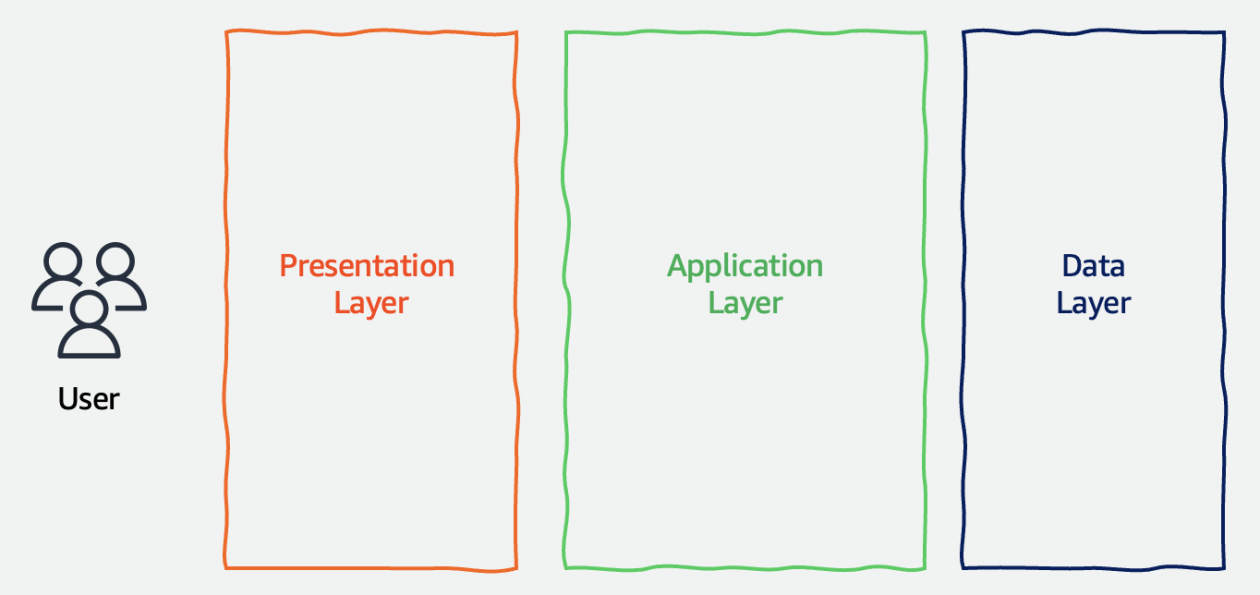In the last two years, generative artificial intelligence has experienced significant growth in various organizations, although many are still in the experimentation phase. According to a recent survey from the MIT Data Directors Symposium 2023, 71% of data directors are testing this technology, but only 6% have successfully implemented it in production. This stagnation is largely due to the high costs and long times required to deliver tangible value.
Organizations that have successfully adopted generative artificial intelligence often have implemented platform engineering concepts. This approach allows them to build reusable components that accelerate development and manage costs, which in turn facilitates faster delivery times and scalable innovation.
Platform engineering is not a new concept; in the software development field, teams have dedicated resources to creating tools that optimize the application development process. This method not only saves time and money, but also allows teams to focus their efforts on improving software quality, isolating different concerns. A specialized platform engineering team is responsible for building and perfecting these tools, ensuring functionality and ease of use.
Through platform engineering, scalability and efficiency are achieved through the use of reusable components and standardized frameworks, enabling the rapid implementation of numerous artificial intelligence models and applications. This approach helps maintain consistent operation and improves aspects such as security and regulatory compliance.
The design of generative artificial intelligence applications is similar to traditional applications, with layers that include presentation, application logic, and, instead of a data layer, a generation layer, where data plays a supporting role. The reusable components resulting from strong platform engineering range from user interface presentation to data infrastructure that ensures secure access to organizational information.
As applications become more complex, service orchestration becomes an essential element to coordinate multiple steps in workflows, improving task management and user interaction responses. Additionally, the implementation of large language models in the generation layer allows organizations to choose from various options tailored to their specific needs.
The constant development of more advanced models underscores the importance of adopting a flexible approach in platform engineering. This flexibility allows organizations to continuously evaluate, integrate, and operationalize new models, thereby improving their generative artificial intelligence applications in a constantly evolving environment.
Referrer: MiMub in Spanish











